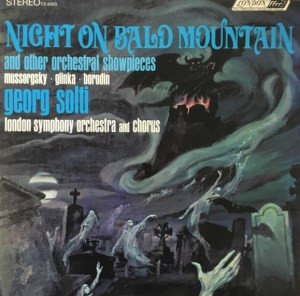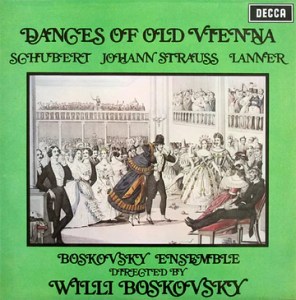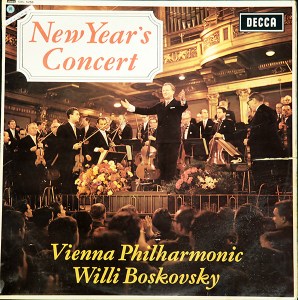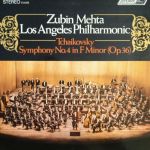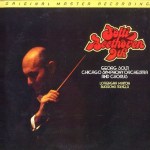
More of the music of Ludwig van Beethoven (1770-1827)
Reviews and Commentaries for the Music of Beethoven
Sonic Grade: F
MoFi took a mediocre-at-best Decca recording from 1972 and made it worse.
They should not have chosen this performance of the Ninth Symphony in the first place, and they certainly should not have added the treble they chose to add, which they did to this title and to every classical recording they remastered without regard to whether or not the recording needed brightening. Few did.
The Decca recording of the Ninth from 1972 is opaque, lacks size and space, and comes off as a bit flat and dry. Like practically every later Decca pressing we play, it’s passable at best.
If you want to know what’s wrong with the Mobile Fidelity, take the above faults and add some others to them.
Start with an overall brighter EQ, add a 10k boost for extra sparkly strings, the kind that MoFi has always been smitten with, and finish with the tubby bass caused by the half-speed mastering process itself.
Voila! You are now in the presence of the kind of mid-fi trash that may have fooled some audiophiles way back when but now sounds as wrong as the records this ridiculous label is still making today.
1981 Was a Long Time Ago
Old school audio systems are notorious for being dark, dull and lacking in transparency. They might need bright records in order to sound good, but high quality modern systems do not.
If these two MoFi pressings sounds right to you, you are very likely living with one of those old school systems and it is long past time to get rid of it.
This assumes something not in evidence: that you actually want to hear what is on your records. Maybe you don’t.
If you have a dark, dull system — don’t feel bad, I used to have one too, and I didn’t know it either — then you might find that the records you have been buying all these years, especially the ones that appealed to you because they were made for audiophiles, are just too damn bright when playing on a tonally correct stereo system. Now they need to be replaced.
A costly proposition!
If you have an extensive collection, it might not be worth the cost. If your collection is still in the growing phase, under, say, five hundred to a thousand records, now might be the time to fix your tonality issues so that you can start collecting better sounding records. Our best Hot Stamper pressings are always tonally correct. We encourage you to try one or two.
Robert Brook has been buying and borrowing them to test and tweak his system, and he has found them to be a great tool for improving the playback of his stereo. Here are some of his commentaries.
Back to Beethoven
It’s a too-modern sounding recording, and it’s been brightened up by the engineers at Mobile Fidelity. That’s two strikes. In this case, two strikes and you’re out. No audiophile should have to put up with sound as phony as this.
If you want the best Ninth on vinyl that we know of, this is the one we recommend.
(more…)
